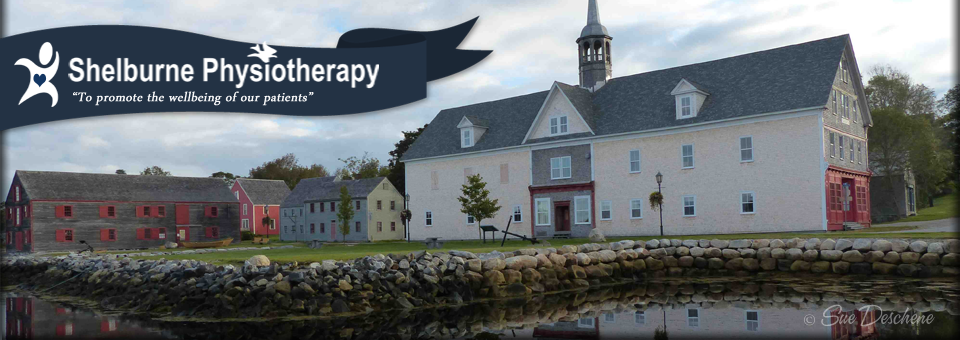Occupational Therapy
 Our Patient Services — Occupational Therapy
Our Patient Services — Occupational Therapy
Like all healing therapies, occupational therapy is both an art and a science, combining trained and reasoned judgment with insight born of experience and vision. Our goal is to foster well-being and health in every client by enabling him or her to participate in the occupations of everyday life. We believe that health has many dimensions and is not just the absence of disease.
 What is an Occupation?
What is an Occupation?
An occupation is much more than a job or career. It is everything we do during the day that gives our lives meaning and through which we identify who we are and what we care about. An adult might have the simultaneous or sequential occupations of parent, spouse, employer, volunteer, homemaker, runner, etc -- all roles through which that person defines who he or she is. A child might be a student, a playmate, a family member who routinely sets the table for dinner or walks the dog, a mentor to a younger child, soccer player etc. The activities with which we as people occupy ourselves during the day are as diverse as we are.
 What Do Occupational Therapists Do?
What Do Occupational Therapists Do?
Occupational therapists believe each client is the true expert in his or her occupations. Our aim is to help our client to participate in those occupations in a way that brings satisfaction. We do that by assessing what impediments might exist to our client's participation in an occupation and then by designing a customized solution.
Solutions might include any or all of the following:
- overcoming the disability through education, training and exercises
- adapting the materials used and/or utilizing new technologies
- changing the environment (physical, social, psychological)
- removing the barriers to successful participation.
Tools of Occupational Therapy
Occupational therapists choose from an array of approaches, tools and therapeutic modalities to help clients to achieve their goals, including:
Functional assessments of the client, for example:
physical abilities (strength, coordination, balance) and
- cognitive abilities (memory, organizational skills, coping skills)
Physical demands analysis of the occupation -- this often leads to therapist-directed and -supervised therapeutic exercises targeting the individual client’s symptoms (stretching, range of motion, flexibility, endurance, and strengthening)
Transferable skills analysis
Vocational aptitude testing and interpretation
Work conditioning, on-site interventions, graduated return-to-work programmes and job search
Assessment of the physical environment (materials, tools and equipment) and environmental modifications (work site visit, ergonomic modifications)
Assessment of the social, cultural and emotional support systems available to the client
Stress management and cognitive–behavioral strategies (positive reinforcement, progressive relaxation, biofeedback)
Health promotion and training/education (proper body mechanics, back education)
Custom Splint manufacturing
Complete Decongestive Therapy (CDT) for Lymphedema including manual lymph drainage (MLD), bandaging and garment fitting.
 Who Can We Help?
Who Can We Help?
Occupational therapy always has the goal of enabling clients to function independently, to exercise choice and control and to feel productive and satisfied in their lives. A client might be someone whose ability to engage in the occupations of daily life is limited by:
- disability(congenital or acquired, for example by stroke)
- injury (motor vehicle accident or workplace accident, for example)
- progressive disease
- pain
- stress
- substance abuse.
Occupational therapists are team players. We consult and co-ordinate with other healthcare professionals, employers and families.
 Our Education:
Our Education:
Occupational therapists are university-trained professionals who, since 2008, earn a master’s degree. To practice in Nova Scotia, we must be registered members of the College of Occupational Therapists of Nova Scotia (COTNS), the governing body that regulates the practice of occupational therapy in the province. To become a registered member of COTNS, we must have graduated from an accredited course of study, completed at least 1000 hours of supervised fieldwork and passed the National Occupational Therapy Certification Exam (NOTCE). To remain registered members of COTNS, we must maintain a continuing competency portfolio.
Our course of study is wide-ranging and includes the study of musculoskeletal structure and function; neuroanatomical systems that relate to motor, sensory, behavioural-emotional and perceptual-cognitive functions; theories of occupational therapy practice; applied skills and technology; and how all the foregoing apply to the practice of occupational therapy.
